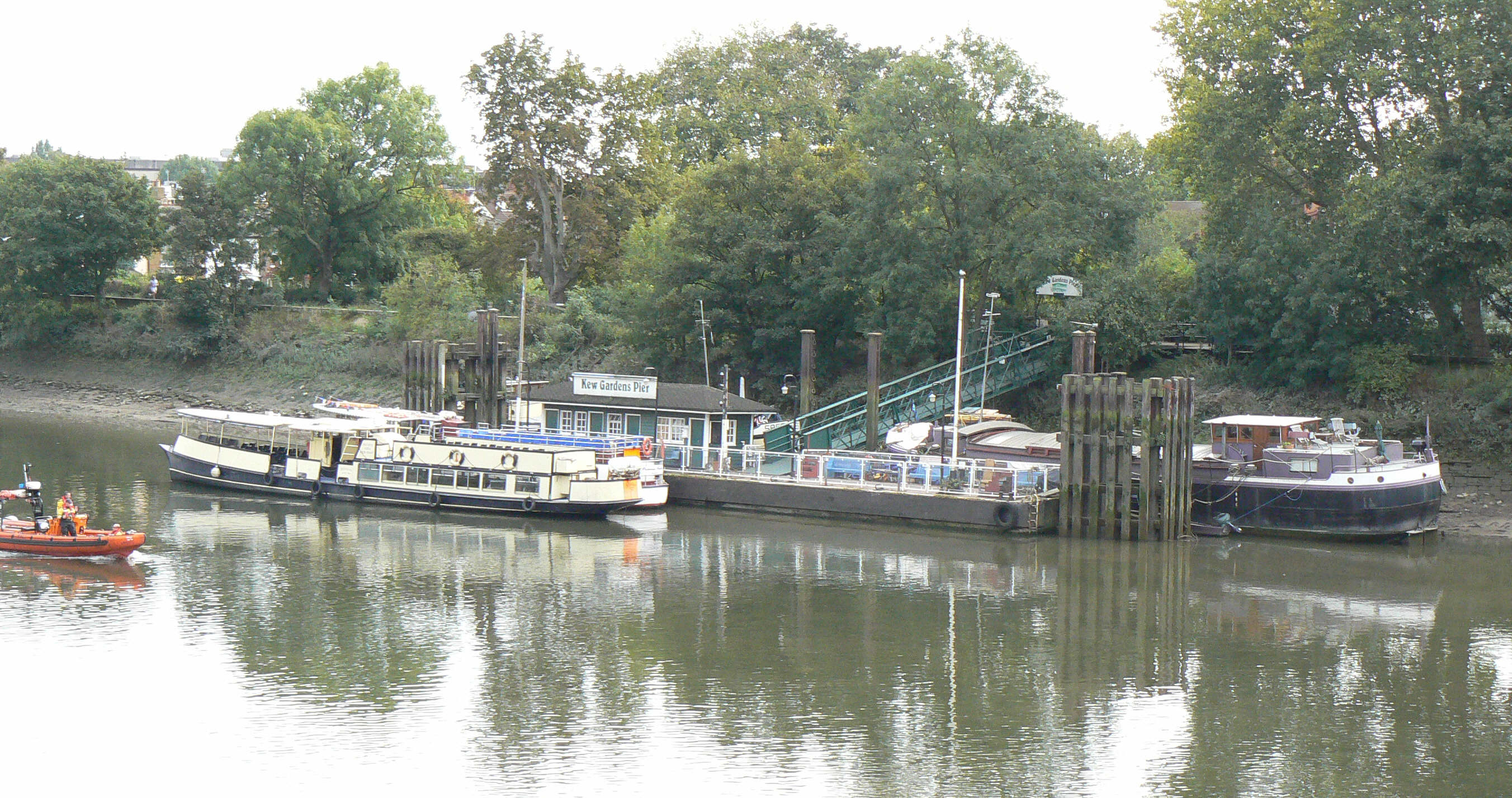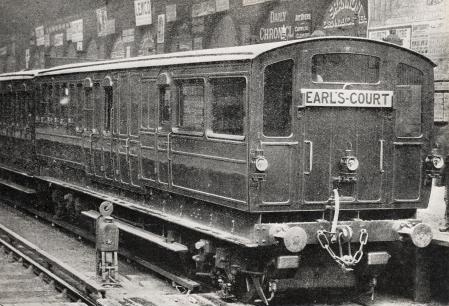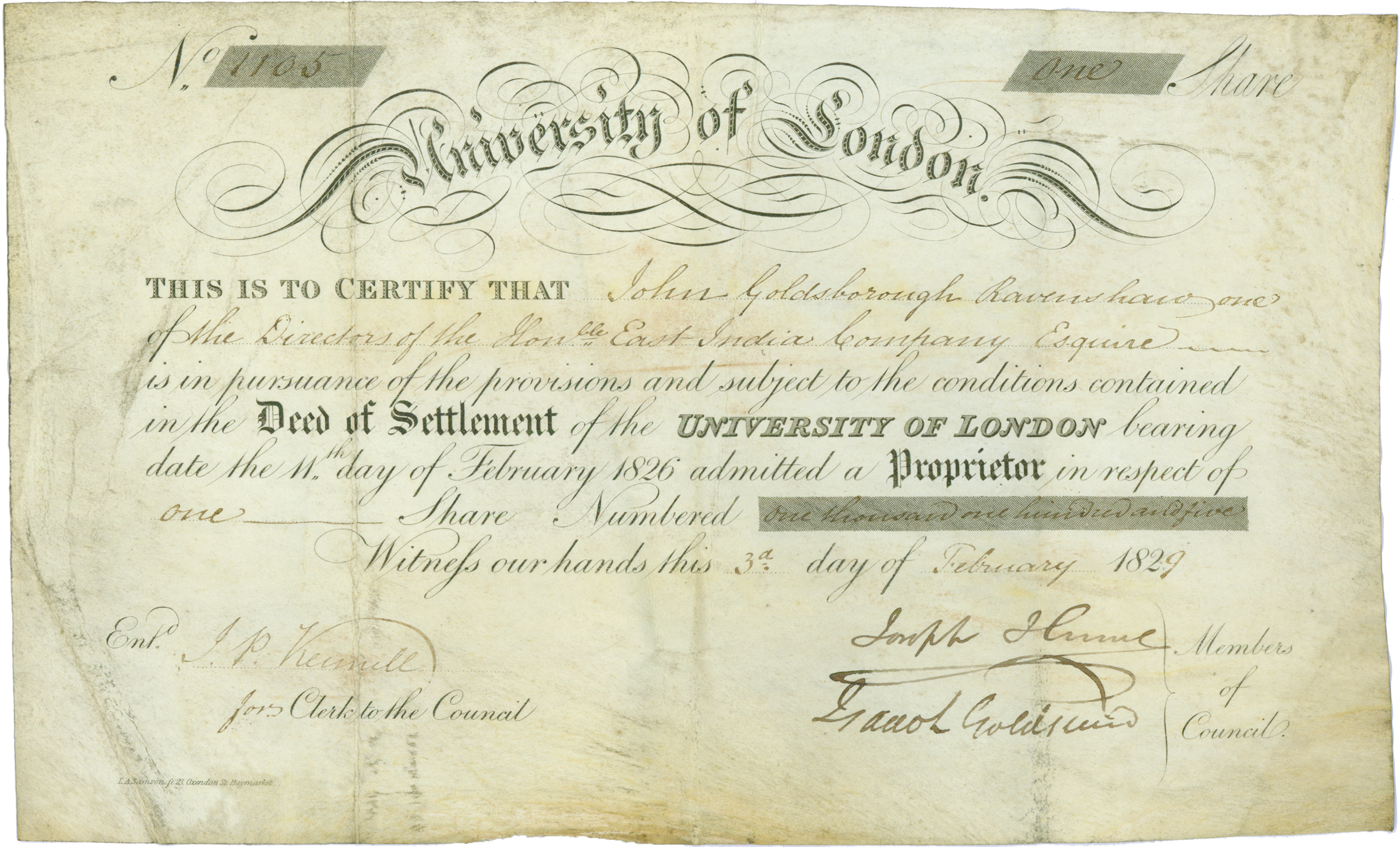|
Sir Alexander Gibb
Sir Alexander Gibb (12 February 1872 – 21 January 1958) was a British civil engineer. After serving as Civil Engineer-in-Chief to the Admiralty and Director-General of Civil Engineering at the Ministry of Transport, he established the engineering consultancy firm Sir Alexander Gibb & Partners. Early life and military service Gibb was born in Broughty Ferry, Forfarshire, the son of civil engineer Alexander Easton Gibb and his wife, Hope Brown Paton. He was the great-grandson of John Gibb, an early member of the Institution of Civil Engineers and a colleague of its first President, Thomas Telford. He was educated at the High School of Dundee, the Abbey School in Beckenham, Rugby School and University College London, although he left the latter after a year to become articled to the prominent civil engineers John Wolfe Barry and Henry Marc Brunel. Having completed his training, he became resident engineer on the District line, Metropolitan District Railway's Whitechapel and ... [...More Info...] [...Related Items...] OR: [Wikipedia] [Google] [Baidu] |
Brigadier (United Kingdom)
Brigadier (Brig) is a senior rank in the British Army and the Royal Marines. Brigadier is the superior rank to colonel, and subordinate to major-general. It corresponds to the rank of brigadier general in many other nations. The rank has a NATO rank code of OF-6, placing it equivalent to the Royal Navy commodore and the Royal Air Force air commodore ranks and the brigadier general (1-star general) rank of the United States military and numerous other NATO nations. Insignia The rank insignia for a brigadier is a St Edward's Crown over three "pips" ( "Bath" stars). The rank insignia for a brigadier-general was crossed sword and baton. Usage Brigadier was originally an appointment conferred on colonels (as commodore was an appointment conferred on naval captains) rather than a substantive rank. However, from 1 November 1947 it became a substantive rank in the British Army. The Royal Marines, however, retained it as an acting rank until 1997, when both commodore and brigadier ... [...More Info...] [...Related Items...] OR: [Wikipedia] [Google] [Baidu] |
John Gibb (engineer)
John Gibb (1776–1850) was a Scottish civil engineer and contractor whose work included the construction of harbours, bridges, roads, lighthouses, and railways in the United Kingdom, primarily in Scotland. He was a close associate of Thomas Telford, who employed him on many of his civil engineering projects during the first half of the 19th century. Life John Gibb was baptised on 13 October 1776, the youngest son of William Gibb (1736-1791) of Kirkcows, near Falkirk, Scotland, a contractor. He served an apprenticeship as a mechanic, after which he was employed by James Porteous (his brother in law) on the works of the Lancaster Canal, then by John Dalgleish Easton on the docks at Leith. In 1803 he married Easton's daughter, Catherine. From 1805, he was employed under John Rennie on the harbour at Greenock for four years . Min. Proc. Inst. Civ. Eng. (1851), p.82 On the works at Greenock, his abilities brought him to the notice of Thomas Telford, who installed him as reside ... [...More Info...] [...Related Items...] OR: [Wikipedia] [Google] [Baidu] |
World War I
World War I or the First World War (28 July 1914 – 11 November 1918), also known as the Great War, was a World war, global conflict between two coalitions: the Allies of World War I, Allies (or Entente) and the Central Powers. Fighting took place mainly in European theatre of World War I, Europe and the Middle Eastern theatre of World War I, Middle East, as well as in parts of African theatre of World War I, Africa and the Asian and Pacific theatre of World War I, Asia-Pacific, and in Europe was characterised by trench warfare; the widespread use of Artillery of World War I, artillery, machine guns, and Chemical weapons in World War I, chemical weapons (gas); and the introductions of Tanks in World War I, tanks and Aviation in World War I, aircraft. World War I was one of the List of wars by death toll, deadliest conflicts in history, resulting in an estimated World War I casualties, 10 million military dead and more than 20 million wounded, plus some 10 million civilian de ... [...More Info...] [...Related Items...] OR: [Wikipedia] [Google] [Baidu] |
Rosyth Dockyard
Rosyth Dockyard is a large Royal Navy Dockyard, naval dockyard on the Firth of Forth at Rosyth, Fife, Scotland, owned by Babcock Marine, which formerly undertook refitting of Royal Navy surface vessels and submarines. Before its privatisation in the 1990s it was formerly the Royal Naval Dockyard Rosyth. Its primary role now is the dismantling of decommissioned nuclear submarines. It is also the integration site for the Royal Navy's newest aircraft carriers, the as well as the Type 31 frigate, Type 31 Frigate. History Construction of the dockyard by civil engineers Easton, Gibb & Son commenced in 1909. At the time, the Royal Navy was strengthening its presence along the eastern seaboard of Great Britain due to a Anglo-German naval arms race, naval arms race with Germany. First World War * In 1903 approval was given with an estimated cost of £3 million for "works" and £250,000 for machinery spread over 10 years. The site consisted of of land, of foreshore, and the main bas ... [...More Info...] [...Related Items...] OR: [Wikipedia] [Google] [Baidu] |
Kew Bridge
Kew Bridge is a wide-span bridge over the Tideway (upper estuary of the Thames) linking the London Boroughs of Richmond upon Thames and Hounslow. The present bridge, which was opened in 1903 as King Edward VII Bridge by King Edward VII and Queen Alexandra, A plaque, now faded, on the bridge reads: was designed by John Wolfe-Barry and Cuthbert A Brereton. Historic England listed it at Grade II in 1983. Location Kew Bridge crosses the west of the Tideway between the Kew Green neighbourhood of Kew on the south bank and Brentford on the north bank. Its southern approach adjoins the Royal Botanic Gardens; the northern adjoins the former Grand Junction Waterworks Company buildings and reservoirs (the remnant of which is the London Museum of Water & Steam). The bridge forms a primary route joining the South Circular and North Circular roads to the west of London, and can be very congested. On the eastward Kew bank is Kew Pier, which serves tourist ferries operating und ... [...More Info...] [...Related Items...] OR: [Wikipedia] [Google] [Baidu] |
Easton, Gibb & Son
Easton Gibb & Son was a Scottish civil engineering firm, specialising in public works projects, founded by (Alexander) Easton Gibb. In 1900, Alexander Gibb, Easton Gibb's son, became the firm's chairman and managing director, taking over from his father. Under his chairmanship, it was responsible for the construction of Rosyth Naval Dockyard, beginning before the outbreak of the First World War World War I or the First World War (28 July 1914 – 11 November 1918), also known as the Great War, was a World war, global conflict between two coalitions: the Allies of World War I, Allies (or Entente) and the Central Powers. Fighting to .... References Engineering companies of the United Kingdom {{UK-company-stub ... [...More Info...] [...Related Items...] OR: [Wikipedia] [Google] [Baidu] |
Whitechapel And Bow Railway
The Whitechapel and Bow Railway was an underground railway in London from Whitechapel to Bow. It is now entirely integrated into the London Underground system. It was a joint venture between the District Railway and the London, Tilbury and Southend Railway. History Origins The railway had its origins in a scheme promoted by the Metropolitan Railway, under chairman Edward Watkin, to connect Whitechapel Junction with the London, Tilbury and Southend Railway (LTSR) at Campbell Road in Bow. The purpose of the proposed line was to relieve pressure on Fenchurch Street by routing local trains on to the Metropolitan Railway. The Metropolitan and LTSR agreed to jointly promote the scheme in 1883. The route trains would take to reach the Metropolitan Railway, between Aldgate East and Whitechapel, was over 850 yards of District Railway track. The District Railway was able to block through services on this basis and chairman James Staats Forbes made clear his intention to oppose the ... [...More Info...] [...Related Items...] OR: [Wikipedia] [Google] [Baidu] |
District Line
The District line is a London Underground line running from in the east and Edgware Road tube station (Circle, District and Hammersmith & City lines), Edgware Road in the west to in west London, where it splits into multiple branches. One branch runs to in south-west London and a short branch, with a limited service, only runs for one stop to . The main route continues west from Earl's Court to after which it divides again into two western branches, to Richmond station (London), Richmond and . Printed in green on the Tube map, the line serves 60 stations (more than any other Underground line) over . It is the only Underground line to use a bridge to traverse the River Thames, crossing on both the Wimbledon and Richmond branches. The track and stations between and are shared with the Hammersmith & City line, and between and and on the Edgware Road branch they are shared with the Circle line (London Underground), Circle line. Some of the stations between and are shared ... [...More Info...] [...Related Items...] OR: [Wikipedia] [Google] [Baidu] |
Henry Marc Brunel
Henry Marc Brunel (27 June 1842 – 7 October 1903) was an English civil engineer and the son of engineer Isambard Kingdom Brunel and grandson of civil engineer Marc Isambard Brunel best known for his design work on Tower Bridge built in partnership with Sir John Wolfe Barry. Early life and education Henry Marc Brunel, known as Henry, was born in Westminster, London, on 27 June 1842, the second son of the celebrated engineer Isambard Kingdom Brunel and Elizabeth Mary Horsley. After being educated at Harrow School, Brunel decided to follow in his father and grandfather's footsteps by becoming a civil engineer and attended King's College London from 1859, the year of his father's death, until 1861. He then gained experience in civil engineering initially being apprenticed for three years to Sir William Armstrong from 1861. Career In 1863 Brunel joined Sir John Hawkshaw initially as his pupil then becoming his assistant until 1870. While in this role he assisted on th ... [...More Info...] [...Related Items...] OR: [Wikipedia] [Google] [Baidu] |
John Wolfe Barry
Sir John Wolfe Barry (7 December 1836 – 22 January 1918) was an English civil engineer known for engineering Tower Bridge over the River Thames in London which was constructed between 1886 and 1894. He was the youngest son of architect Sir Charles Barry. After receiving a knighthood in 1897, he added "Wolfe" to his inherited name in 1898 to become Sir John Wolfe Barry. Early years and education Barry was born in London on 7 December 1836. He was the youngest of five sons of the architect Charles Barry and his wife, Sarah Rowsell. He was named after his godfather, the artist John Lewis Wolfe, and would later add ‘Wolfe’ to his surname. Barry was educated at Trinity College, Glenalmond and King's College, London. He was a pupil of civil engineer Sir John Hawkshaw, as was his future business partner Henry Marc Brunel, son of the great Isambard Kingdom Brunel. Barry was assistant resident engineer for Hawkshaw on the Charing Cross and Cannon Street Railways. Car ... [...More Info...] [...Related Items...] OR: [Wikipedia] [Google] [Baidu] |
University College London
University College London (Trade name, branded as UCL) is a Public university, public research university in London, England. It is a Member institutions of the University of London, member institution of the Federal university, federal University of London, and is the second-largest list of universities in the United Kingdom by enrolment, university in the United Kingdom by total enrolment and the largest by postgraduate enrolment. Established in 1826 as London University (though without university degree-awarding powers) by founders who were inspired by the radical ideas of Jeremy Bentham, UCL was the first university institution to be established in London, and the first in England to be entirely secular and to admit students regardless of their religion. It was also, in 1878, among the first university colleges to admit women alongside men, two years after University College, Bristol, had done so. Intended by its founders to be Third-oldest university in England debate ... [...More Info...] [...Related Items...] OR: [Wikipedia] [Google] [Baidu] |
Rugby School
Rugby School is a Public school (United Kingdom), private boarding school for pupils aged 13–18, located in the town of Rugby, Warwickshire in England. Founded in 1567 as a free grammar school for local boys, it is one of the oldest independent schools in Britain. Up to 1667, the school remained in comparative obscurity. Its re-establishment by Thomas Arnold during his time as Headmaster, from 1828 to 1841, was seen as the forerunner of the Victorian Public school (United Kingdom), public school. It was one of nine schools investigated by the Clarendon Commission of 1864 and later regulated as one of the seven schools included in the Public Schools Act 1868. Originally a boys' school, it became fully Mixed-sex education, co-educational in 1992. The school's alumni – or "List of Old Rugbeians, Old Rugbeians" – include a UK prime minister, a French prime minister, several bishops, poets, scientists, writers and soldiers. Rugby School is the birthplace of rugby football. [...More Info...] [...Related Items...] OR: [Wikipedia] [Google] [Baidu] |







